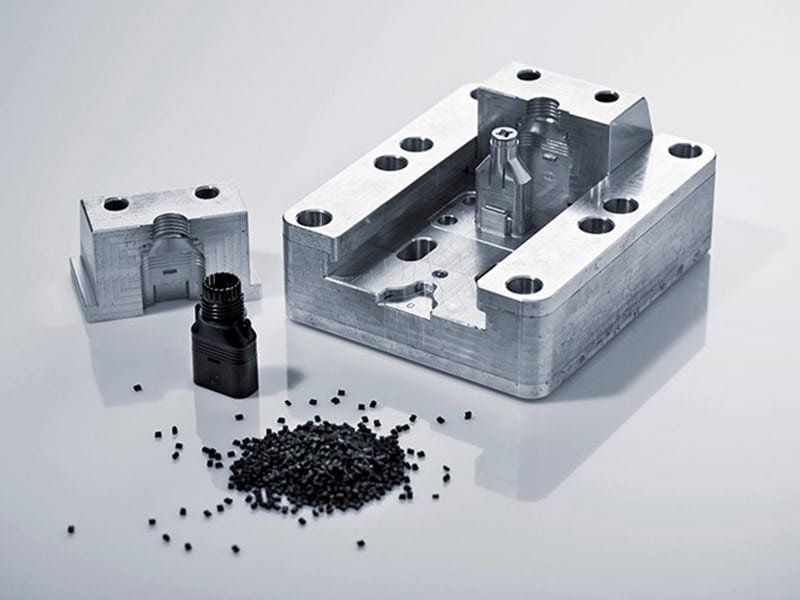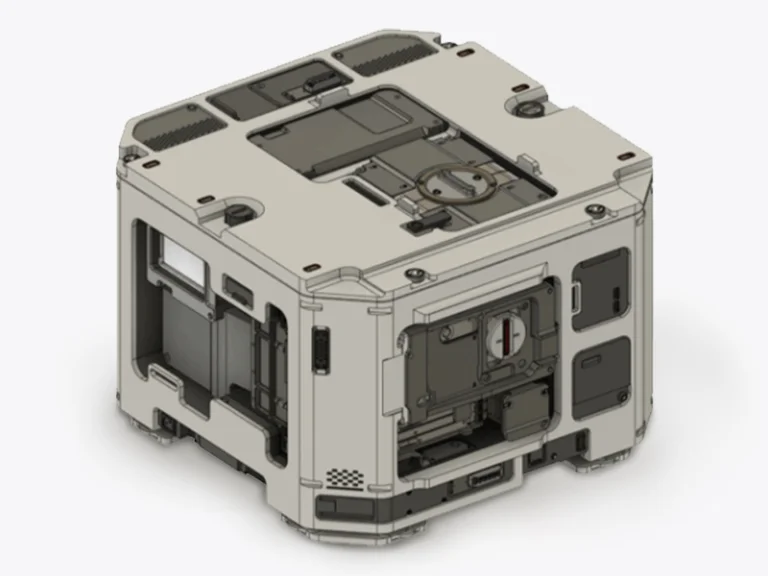Medical injection molding enables the precise, sterile, and cost-effective production of critical components used in everything from surgical instruments to diagnostic devices. This process supports the development of complex, high-volume plastic parts that meet the industry’s demanding standards for performance, safety, and biocompatibility. In this article, readers will discover the key molding techniques, common applications, material choices, regulatory considerations, and design factors that shape the success of medical device injection molding in today’s rapidly advancing medical landscape.
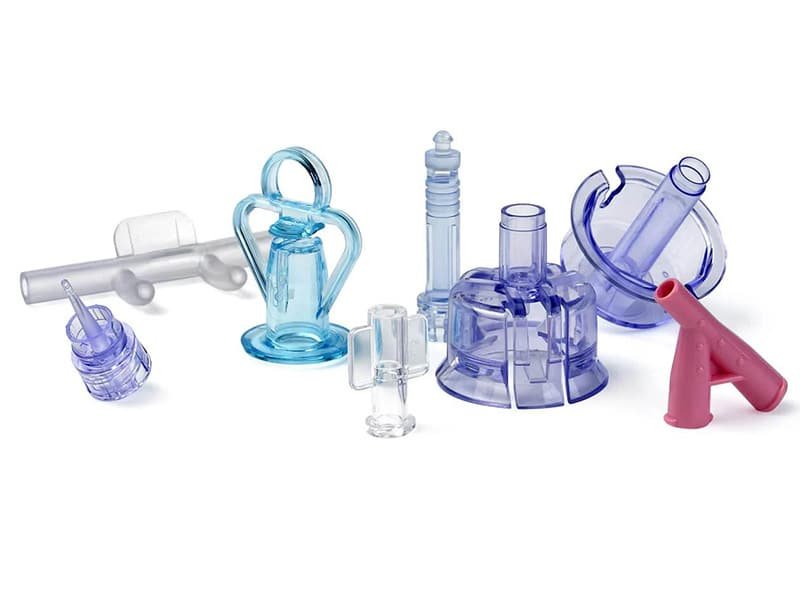
What is Medical Injection Molding?
Medical injection moulding uses medical-grade plastics to create high-precision components for healthcare applications. The process involves melting plastic pellets, injecting them into a mold, cooling, and then ejecting the formed part—ensuring smooth finishes, tight tolerances, and repeatable quality. This method is essential in the medical field for producing consistent, sterile, and reliable parts that meet strict regulatory standards. From intricate surgical tools to implantable devices, injection molding enables mass production of complex parts with speed and accuracy.
Typical applications include:
- Knee and hip implants
- Surgical tools and prosthetics
- Blood storage containers
- Syringe bodies
- Catheter systems
- Laboratory petri dishes
- Diagnostic equipment
- Test tubes
By combining precision, scalability, and biocompatibility, injection molding plays a vital role in delivering critical medical devices for modern healthcare.
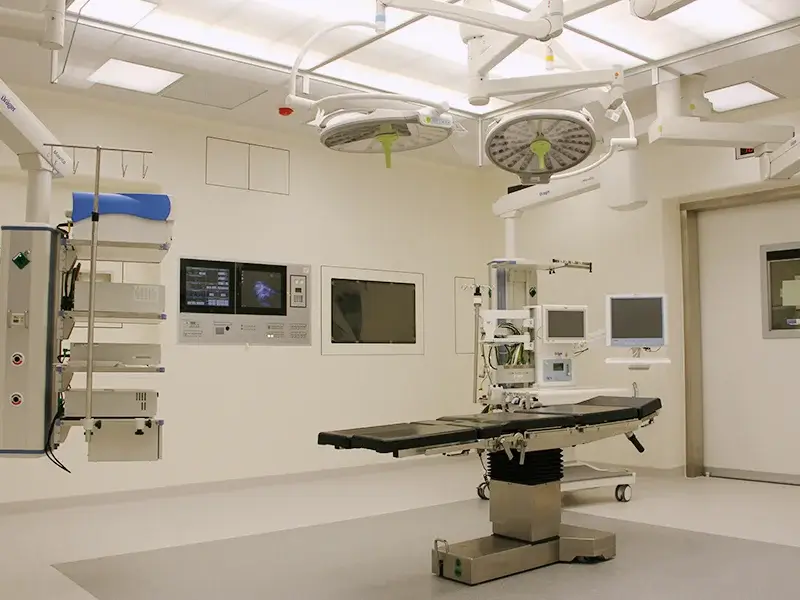
Common Molding Processes in Medical Applications
Medical injection molding encompasses a variety of specialized techniques designed to meet the stringent demands of healthcare manufacturing. Each process supports different product functionalities, material properties, and regulatory requirements. Below are the most commonly used molding techniques in the production of medical components:
Thin-Wall Molding
Thin-wall injection molding enables the production of lightweight, high-precision medical components with wall thicknesses typically under 1 mm. It’s ideal for compact housings and disposable items such as diagnostic casings, instrument covers, and sterile packaging, where reduced material use and short cycle times are critical.
Gas-Assisted Molding
Gas-assisted injection molding involves injecting pressurized gas (usually nitrogen) into the molten plastic to form hollow sections. This technique is especially effective for large or complex medical housings where weight reduction, improved dimensional stability, and a smooth finish are desired—such as in mobile medical device shells or handles.
Insert Molding
Insert molding embeds preformed components—often metal or electronic parts—into a plastic matrix during molding. It is widely used in the production of luer locks, surgical hubs, threaded connectors, and sensor assemblies, where strong bonds between dissimilar materials are necessary.
Overmolding
Overmolding involves layering a soft, flexible material over a rigid plastic substrate, producing ergonomic, integrated designs. It is commonly applied in the creation of surgical tool grips, catheter handles, and electronic device casings, improving tactile comfort and mechanical performance.
Other Medical Molding Methods
Medical manufacturing also uses specialized techniques beyond standard plastic molding. LSR molding produces flexible, biocompatible parts like catheters and seals, ideal for implants and skin-contact devices. HCR molding offers high tear resistance, used in reusable seals, tubing, and respiratory devices. MIM forms strong, precise metal parts for surgical tools and implants by combining metal powders with a binder.

Materials Used in Medical Injection Moulding
Material selection in medical plastic injection moulding must align with the application’s biocompatibility, sterilization compatibility, chemical resistance, and mechanical demands. Common resins used by medical injection molding suppliers include:
POLYETHERETHERKETONE (PEEK)
Polyetheretherketone (PEEK) is a high-performance thermoplastic renowned for its exceptional strength, chemical resistance, and thermal stability. It can withstand repeated autoclaving, gamma radiation, and aggressive disinfectants without degrading. PEEK is also radiolucent, allowing clear imaging during diagnostic or surgical procedures. Due to its ability to maintain dimensional integrity under extreme conditions, it is widely used for orthopedic implants, surgical guides, and dental abutments where long-term reliability and precision are essential.
POLYETHYLENE (PE)
Polyethylene (PE), especially in its high-density form (HDPE), is known for its flexibility, chemical resistance, and strong impact performance. It is highly compatible with biological tissues and poses minimal risk of reaction, making it ideal for applications that involve direct contact with bodily fluids. PE is commonly used in joint prosthetics, catheter tubing, IV connectors, pharmaceutical containers, and fluid management components that demand long-term durability and biocompatibility.
POLYCARBONATE (PC)
Polycarbonate (PC) combines high impact strength with excellent optical clarity, making it a preferred material for transparent medical devices. It resists cracking and maintains stability under heat, pressure, and sterilization. Thanks to its toughness and body-safe nature, PC is often used to manufacture protective face shields, oxygenator housings, blood reservoirs, and surgical device enclosures.
POLYPROPYLENE (PP)
Polypropylene (PP) is a versatile, lightweight thermoplastic valued for its resistance to chemicals, fatigue, and stress cracking. It tolerates multiple sterilization cycles and is inherently inert, reducing the risk of contamination or interaction with drugs. These characteristics make PP suitable for a wide range of disposable and reusable devices, including syringes, medical trays, laboratory containers, fluid delivery systems, and implant components such as knee or hip spacers.
SILICONE
Silicone, particularly in the form of Liquid Silicone Rubber (LSR) or High Consistency Rubber (HCR), is widely used in molding soft, flexible, and biocompatible medical components. It remains stable across a broad temperature range and is resistant to bacteria, moisture, and chemical degradation. Its elasticity and skin-friendliness make it ideal for catheters, respiratory masks, baby care items, and implantable devices.
POLYSTYRENE (PS)
Polystyrene (PS) is a rigid, clear plastic known for its dimensional accuracy and cost efficiency. Its clarity and precision make it ideal for diagnostic tools such as petri dishes, culture plates, test tubes, pipette tips, and reagent trays. PS is also used in disposable labware where sterility and transparency are crucial for accurate observations.
POLYMETHYL METHACRYLATE (PMMA)
PMMA, or acrylic, is a transparent plastic that offers excellent light transmission, making it ideal for optical applications. It is lightweight, scratch-resistant, and biocompatible, often used in diagnostic lenses, surgical light covers, blood filtration housings, and display windows in medical monitors.
POLYVINYL CHLORIDE (PVC)
Medical-grade PVC is valued for its clarity, flexibility, and ease of processing. It’s resistant to chemical corrosion and is compatible with sterilization via ethylene oxide or gamma radiation. When plasticized, it becomes soft and pliable, making it perfect for tubing, blood bags, and catheter sheaths, etc. disposable medical products.
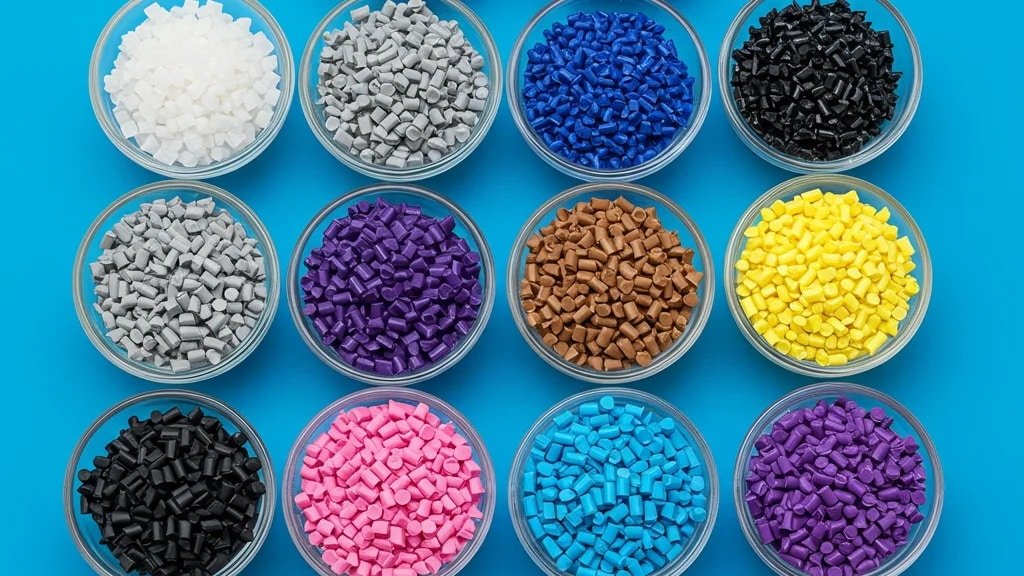
Advantages of Medical Injection Molding
There are numerous reasons why manufacturers and OEMs rely on medical plastic injection molding as a go-to method for producing medical devices:
- Precision and consistency: Injection molding medical plastics allows for tight tolerances and repeatable dimensions, essential for components used in diagnostics and surgeries.
- Scalability: Once a mold is built and validated, medical injection molding companies can produce millions of parts with consistent quality.
- Design flexibility: Complex geometries, microfeatures, and integration of multiple functions into a single part are all possible with molding.
- Material performance: From rigid to flexible, clear to opaque, a vast material selection supports both performance and regulatory needs.
- Cleanroom compatibility: Many parts can be produced in ISO Class 7 or Class 8 cleanroom settings, helping to meet infection control standards.
- Cost-effectiveness: For high-volume production, the per-unit cost is significantly reduced, especially when automated handling and inspection are implemented.
Design Considerations in Medical Injection Molding
Designing for medical device injection moulding requires a close collaboration between engineers, toolmakers, and regulatory specialists. Key factors include:
- Material choice: Biocompatibility, sterilization method, and mechanical properties must be balanced. Materials must withstand sterilization and chemical exposure.
- Avoiding contamination traps: Designs should eliminate sharp internal corners or blind cavities where residues might remain.
- Tolerance control: For microfluidic or high-precision parts, dimensions must remain within microns.
- Insert and overmold strategy: Thoughtful planning of inserts, connectors, or multi-material combinations supports both functionality and compliance.
- Sterile and Clean Production Environment: Manufacturing in ISO Class 7 or 8 cleanrooms prevents contamination, with strict protocols for equipment and personnel.
Regulatory and Quality Standards in Medical Injection Molding
Medical injection moulding is governed by stringent regulations to ensure patient safety and device efficacy. Medical injection molding suppliers maintain detailed documentation and certifications to support regulatory audits, ensuring medical molded products meet global standards. Key standards include:
- FDA Regulations: Compliance with 21 CFR Part 820 ensures injection molding medical plastics meet U.S. quality requirements.
- ISO 13485: A quality management system standard for medical device manufacturing, ensuring consistent production and traceability.
- ISO 10993: Governs biocompatibility testing to confirm materials are safe for patient contact.
- Cleanroom Standards: ISO Class 7 or 8 cleanrooms are mandatory to prevent contamination during medical device injection molding.
Conclusion
Medical injection molding enables the production of high-precision, sterile, and reliable components across a wide range of applications—from disposable syringes to surgical instruments and implantable devices. With diverse molding techniques, material flexibility, and compliance with strict regulatory standards, it supports innovation while meeting the industry’s high-performance demands. As technology and materials continue to evolve, medical plastic injection molding will remain at the forefront of delivering safe, efficient, and scalable solutions for medical device manufacturers worldwide.

